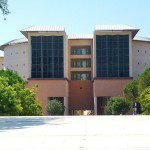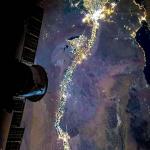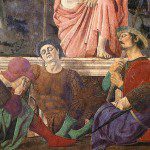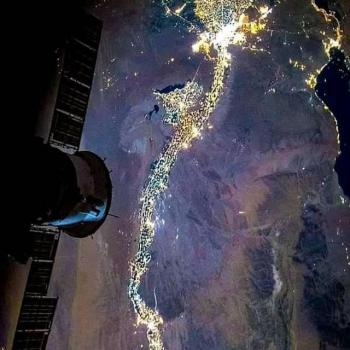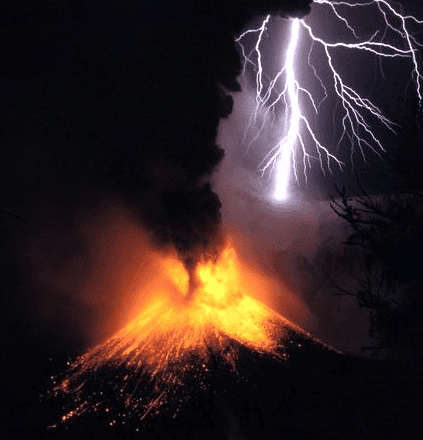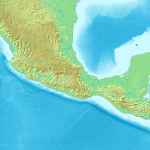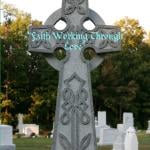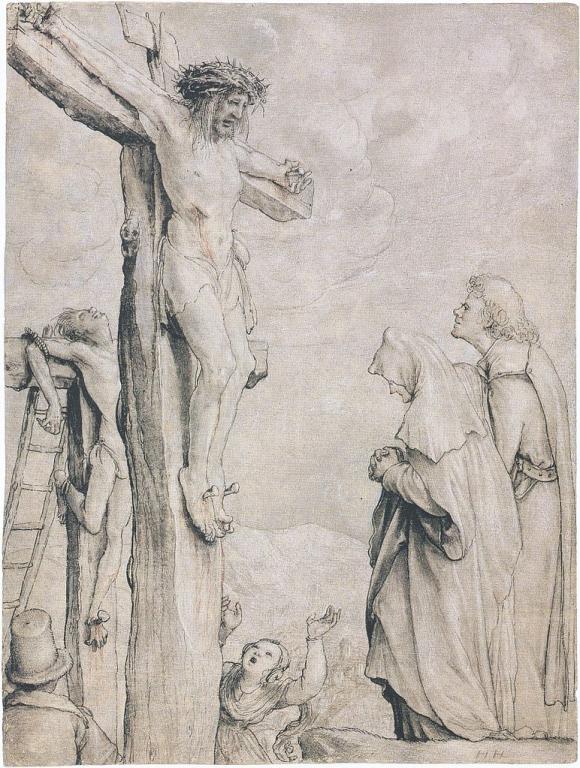
Wikimedia Commons public domain image
““A Mystery to the World”: A New Proposal for Isaiah 22:20-25,” written by Spencer Kraus
Abstract: Isaiah’s oracle in Isaiah 22 regarding a man named Eliakim employs significant and unique language regarding a “nail in a sure place.” This language is accompanied by clear connections to the ancient temple, including the bestowal of sacred clothing and authority, offering additional significant context through which to understand this phrase. Additionally, according to early leaders of the Church, this oracle may not be translated correctly into English, which has caused some confusion regarding the true meaning of the oracle’s conclusion. As such, I offer a new translation of this oracle based on intertextual clues that resolves some of the apparent issues regarding this text and further highlights the temple themes employed by Isaiah.
“Interpreting Interpreter: Striking Him a Nail,” written by Kyler Rasmussen
This post is a summary of the article ““A Mystery to the World”: A New Proposal for Isaiah 22:20-25” by Spencer Kraus in Volume 58 of Interpreter: A Journal of Latter-day Saint Faith and Scholarship. An introduction to the Interpreting Interpreter series is available at https://interpreterfoundation.org/interpreting-interpreter-on-abstracting-thought/.
The Takeaway: Kraus examines the temple themes associated with a messianic prophecy in Isaiah 22, which references a “nail in a sure place”. He notes that the nail could be interpreted as striking Christ rather than Christ himself being the nail, and that the verse apparently referencing Christ’s fall could be a conditional curse rather a reference to future events.
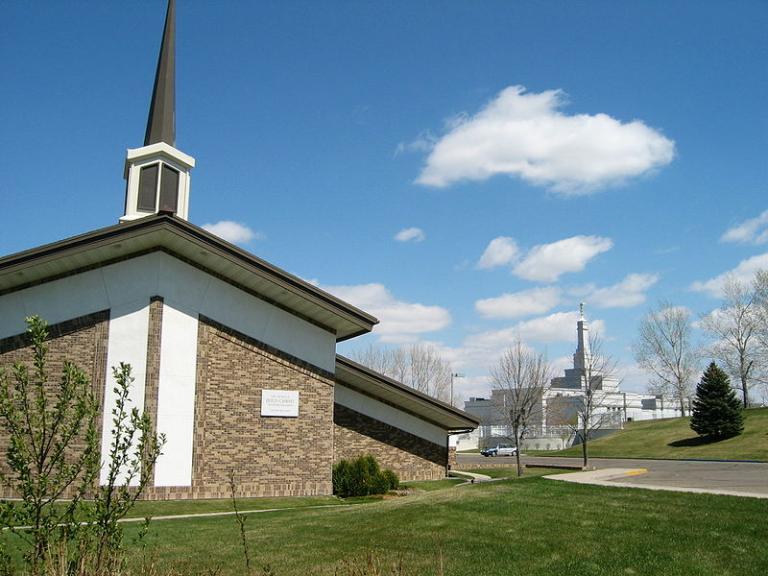
(Wikimedia Commons public domain image)
Why did the Church make this Google Map pin move?
The Church of Jesus Christ of Latter-day Saints is interested in findability, and always has been. We want people to find us (whether online or in-person, and to worship and serve with us). We discovered that Google had assigned Latter-day Saint chapels a custom Google maps pin that featured Moroni as the icon, while all other Christian denominations are visually identified by a cross. This visual and categorical distinction was limiting our findability for those looking for a Christian church. We are, after all. a Christian Church. By making this distinction in Google maps, all meetinghouse map pins were changed or will be changed to a cross.
The hope is that those searching for Christian churches will have the opportunity to find the Church of Jesus Christ of Latter-day Saints.
All Google Map locations are assigned a “primary category.” This category determines which icon is used on the marker that appears on the map. Google creates these icons and there is no process by which a request can be made to change it.
Many years ago, Google assigned a Moroni-themed marker to the category “Church of Jesus Christ of Latter-day Saints.” This icon was neither requested nor approved by the Church. Of the fifty-plus Christian denomination categories, ours was the only one that was not assigned a cross-themed marker. After a thorough analysis of search data, it was determined that this visual and categorical separation was limiting the visibility of Church meetinghouses in search results for terms like “churches near me” and “Christian churches near me.”
With the approval of the Church Communication Executive Committee, meetinghouses are now assigned the primary category “Christian church” to increase their findability, with “Church of Jesus Christ of Latter-day Saints” and “Religious organization” as additional categories. As a result, the Google-assigned icon changed from Moroni to the cross.
This change is specific to meetinghouses only. Other Church-owned properties may continue to display the Moroni marker, including temples or administrative offices.
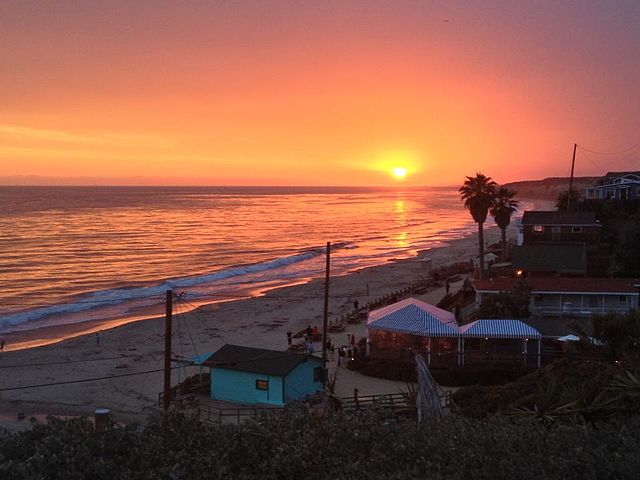
(Wikimedia Commons public domain image)
I checked off another of my regular traditions in this area by going with my wife and a friend for an early dinner to the Crystal Cove Shake Shack along the southbound Pacific Coast Highway not too far below Newport Beach and Corona Del Mar. They ate and drank whatever they ate and drank, while I had a burger and (the whole purpose of going there) a date milkshake. I’ve been stopping there for date shakes since I can remember, when we would drive between our home near Los Angeles and the homes of two paternal aunts and a paternal uncle down in the San Diego area. They’re all long gone now, but the Crystal Cove Shake Shack remains, complete with its marvelous cliff-edge view of the Pacific Ocean.
And I’m pleased to report that the date milkshake seemed improved today. During several recent visits, tradition kept me coming but the quality seemed to have fallen just a bit. Not today, though! The world is looking up! (In some respects, anyway.)
After finishing our feast, we took in a showing of Golda, a new film in which Dame Helen Mirren portrays the former Israeli prime minister Golda Meir. The story told in the movie is focused tightly on the days immediately prior to what is variously called (depending upon one’s perspective) the Yom Kippur War, the Ramadan War, the October War, the 1973 Arab–Israeli War, or the Fourth Arab–Israeli War.
I first arrived in the Middle East at the beginning of 1978, when memories of the 1973 war were still relatively fresh. I lived in Israel for the first half of 1978, returned home to marry, and then brought my new wife with me to Egypt, where we lived from the fall of 1978, with some lengthy visits back to the States, until mid-1982. I knew people who fought on the Israeli side and people who fought on the Egyptian side. One of our closest friends during our time in Egypt, still a friend today, was among the Egyptian soldiers who crossed the Suez Canal in the initial hours of the war. The experience transformed him. (I need to tell his story someday, with his permission. Or to help him tell it.)
Posted from Newport Beach, California


